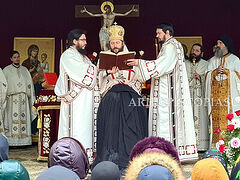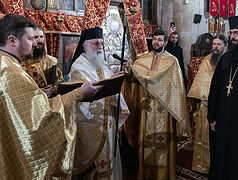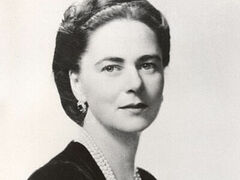Vânători-Neamț, May 12, 2021
 Neamț Monastery. Photo: Wikipedia
Neamț Monastery. Photo: Wikipedia
An event was held on Tuesday dedicated to the cultural-monastic landscape of Vânători-Neamț and the proposal to include the monasteries in the UNESCO World Heritage List.
Vânători-Neamț is a commune in Neamț County, Western Moldavia, Romania. The area includes 6 large monasteries, including the famous Neamț Monastery, and 10 dependent hermitages, with about 1,000 monastics. Between all the monasteries and churches in the area, there are 40 altars where the Holy Mysteries are served, which is unique in the country.
The event was organized by the joint permanent commission of the Chamber of Deputies and the Senate for relations with UNESCO and attended by officials from Parliament, the National Institute of Heritage, and the Ministry of Culture, as well as the Patriarchal Counselor Fr. Nicolae Dascălu and Archimandrite Mihail Daniliuc, abbot of the Vovidenia-Neamț Skete, reports the Basilica News Agency.
Fr. Nicolae spoke about Orthodoxy’s essential contribution to the global and Romanian cultural heritage, and the many Romanian Orthodox sites that are already included in the UNESCO list, including the painted monasteries of Suceava County.
“The Church cultivates the relationship with the past, but also with the future, as well as the relationship with the cultural heritage, but also with the spiritual one, because our monasteries, valuable spiritual centers, are located in true mouths of Heaven. And the Church has been and is always close to those who love monuments,” Fr. Nicolae added.
Archimandrite Mihail also spoke, emphasizing that “the cultural-monastic are of Vânători‑Neamț deserves to be promoted and included in the UNESCO patrimony, because the monks and nuns who lived here sanctified time and space, but also their own lives, because many monks who lived in the area have been numbered among the saints.”
The event also included a photography exhibition and the screening of a film dedicated to the monasteries and natural landscape of Vânători-Neamț, and demonstrations by local craftsmen.
In 2019, 10 churches of the Pskov school of architecture in Russia were added to the UNESCO World Heritage List and Byzantine chant was added to UNESCO’s List of the Intangible Cultural Heritage of Humanity.
Follow us on Facebook, Twitter, Vkontakte, Telegram, WhatsApp, Parler, MeWe, and Gab!



